Archives
- 2025-12
- 2025-11
- 2025-10
- 2025-09
- 2025-03
- 2025-02
- 2025-01
- 2024-12
- 2024-11
- 2024-10
- 2024-09
- 2024-08
- 2024-07
- 2024-06
- 2024-05
- 2024-04
- 2024-03
- 2024-02
- 2024-01
- 2023-12
- 2023-11
- 2023-10
- 2023-09
- 2023-08
- 2023-06
- 2023-05
- 2023-04
- 2023-03
- 2023-02
- 2023-01
- 2022-12
- 2022-11
- 2022-10
- 2022-09
- 2022-08
- 2022-07
- 2022-06
- 2022-05
- 2022-04
- 2022-03
- 2022-02
- 2022-01
- 2021-12
- 2021-11
- 2021-10
- 2021-09
- 2021-08
- 2021-07
- 2021-06
- 2021-05
- 2021-04
- 2021-03
- 2021-02
- 2021-01
- 2020-12
- 2020-11
- 2020-10
- 2020-09
- 2020-08
- 2020-07
- 2020-06
- 2020-05
- 2020-04
- 2020-03
- 2020-02
- 2020-01
- 2019-12
- 2019-11
- 2019-10
- 2019-09
- 2019-08
- 2019-07
- 2019-06
- 2019-05
- 2019-04
- 2018-11
- 2018-10
- 2018-07
-
br STAR Methods br Acknowledgments We thank P
2022-05-30
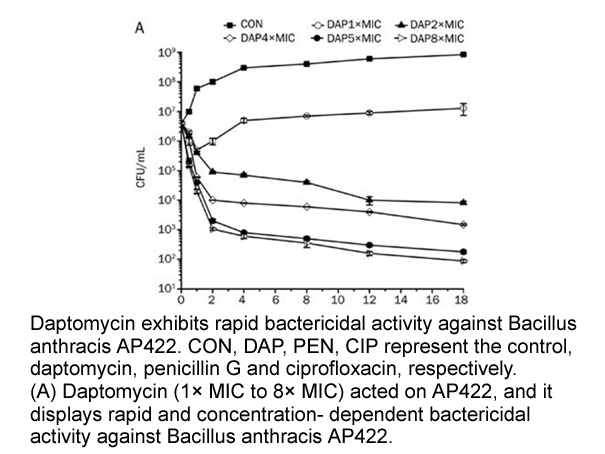
STAR★Methods Acknowledgments We thank P. Adler, V. Riechmann, N. Tapon, E. Knust, the Vienna Drosophila RNAi Center, the Australian Drosophila Research Support Facility (www.ozdros.com), the Bloomington Drosophila Stock Center, and the Developmental Studies Hybridoma Bank for D. melanogaster s
-
thiostrepton Certainly the immune relevance of Hippo becomes
2022-05-30
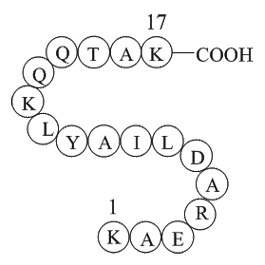
Certainly, the immune relevance of Hippo becomes more complicated and divergent in the vertebrates than in Drosophila. In terms of inflammation of mammalians, the stories are diversified (Fig. 2). Previously, MST1/2 has been well characterized not only as a controller of lymphocytes adhesion and mi
-
As a possible back up to Sch we
2022-05-30
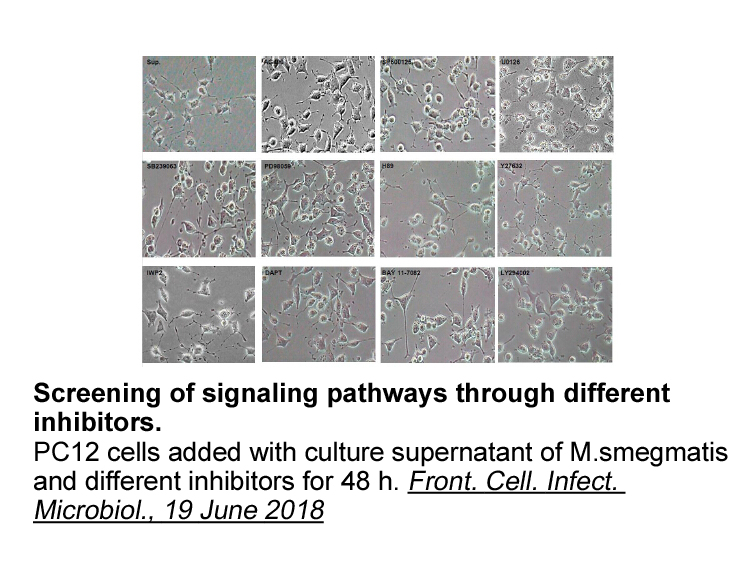
As a possible back-up to Sch 503034 (), we explored inhibitors that contained alternative electrophiles to ketoamides. Boronic acids have been extensively investigated as possible electrophiles that could react with nucleophilic serine in the context of developing inhibitors of thrombin receptor and
-
The Hardy Weinberg equilibrium was verified in all
2022-05-30
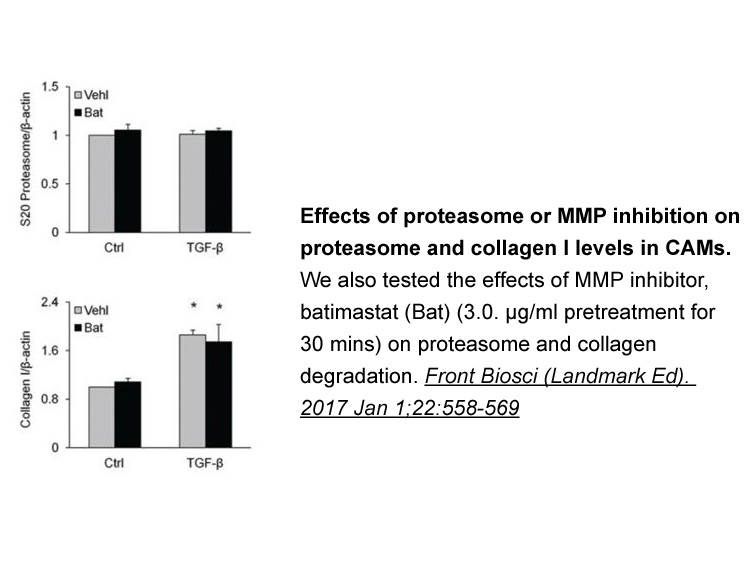
The Hardy-Weinberg equilibrium was verified in all groups using the chi-square test. Using WINPEPI 11.65, the number of carriers and non-carriers of the Δ32 allele was compared between the groups through the Pearson's chi-square test with Yates's correction. Two-tailed Fisher's test was used when ap
-
Multiple studies from our laboratory and others
2022-05-30
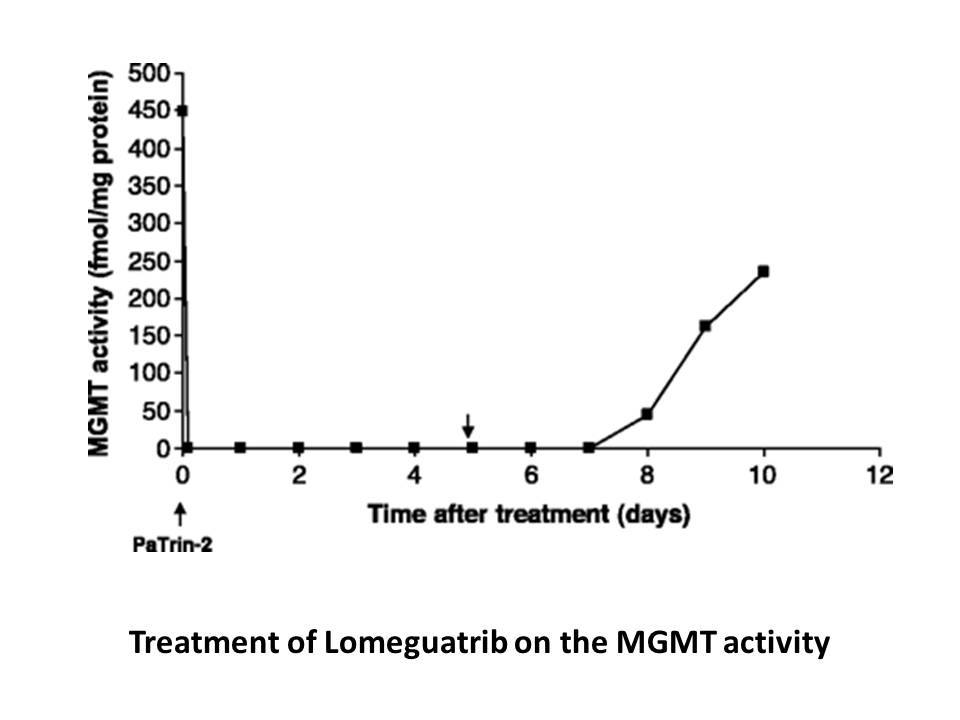
Multiple studies from our laboratory and others, which have used stoichiometric kinetic analyses of ANP/NPRA, have provided strong evidence that bound ligand-receptor complexes are internalized and processed intracellularly, and that degraded products are released into the culture medium of various
-
Bupivacaine is one of the local
2022-05-30
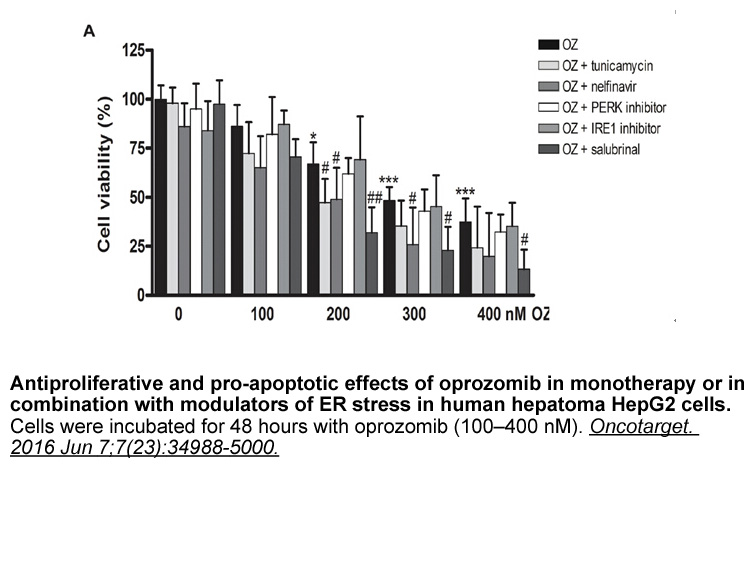
Bupivacaine is one of the local anesthetics commonly used in spinal anesthesia. Previous studies had shown that bupivacaine induced neuronal apoptosis and axon degeneration among various neuronal populations in spinal cord, such as sciatic nerves and dorsal root Alsterpaullone (DRG) neurons [5], [6
-
br The glycine transporter GlyT was originally identified as
2022-05-30
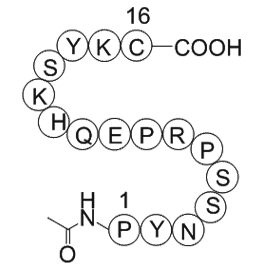
The glycine transporter 1 (GlyT1) was originally identified as a member of the solute carrier family 6 of sodium- and chloride-dependent neurotransmitter transporters . GlyT1 is expressed in the central nervous system and in peripheral tissues; mainly in erythroid cells, from erythroblasts in the
-
Up to now many UDG assays have been
2022-05-30
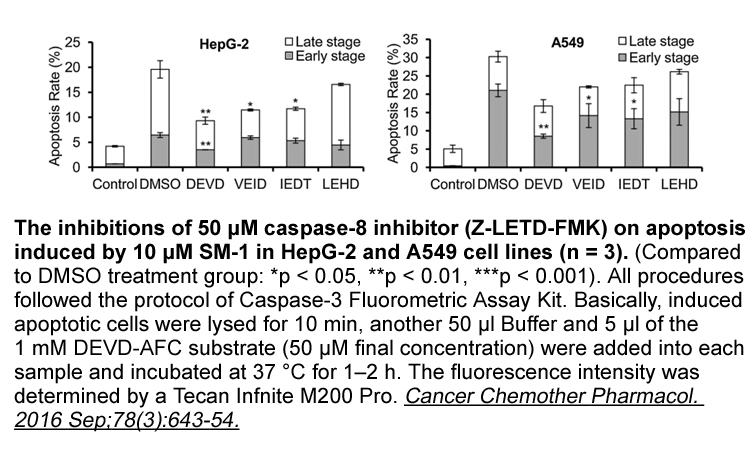
Up to now, many UDG assays have been reported based on the design of dU-containing substrate DNA, which can be roughly divided into two categories according to the sensing mechanisms. One type of UDG assays are simply based on the physical or chemical property changes of the substrate accompanied wi
-
An alternative to the chemoenzymatic preparation of
2022-05-30
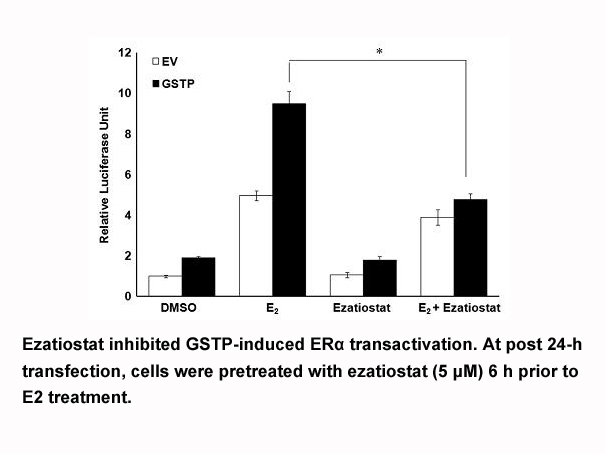
An alternative to the chemoenzymatic preparation of glycoproteins is the production through total chemical synthesis or semi-synthesis [2,3,]. Many successful glycoprotein syntheses are based on native chemical ligation (NCL) [11], a reaction where unprotected peptides and glycopeptides of any lengt
-
Results indicated that superfusion of orexin alone glutamate
2022-05-30
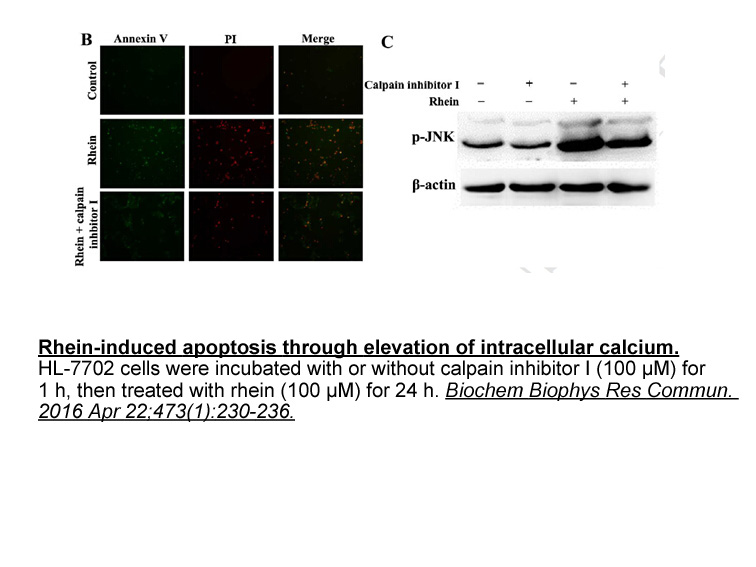
Results indicated that superfusion of orexin alone, glutamate alone or orexin-glutamate co-administration significantly increases the spontaneous discharge rate of LC neurons in both morphine dependent and non-dependent rats (Fig. 2, Fig. 3). However, co-application of orexin and glutamate resulted
-
Free fatty acid receptor FFAR
2022-05-30

Free fatty 66 4 receptor 1 (FFAR1, also known as GPR40) belongs to the family of G protein-coupled receptors (GPCRs) and was de-orphanized in 2003 as a receptor for medium-to long-chain free fatty acids (FFAs) [9,10]. Mainly expressed in beta cells of pancreatic islets, GPR40 can be activated by the
-
brincidofovir receptor br Methods br Results br
2022-05-30
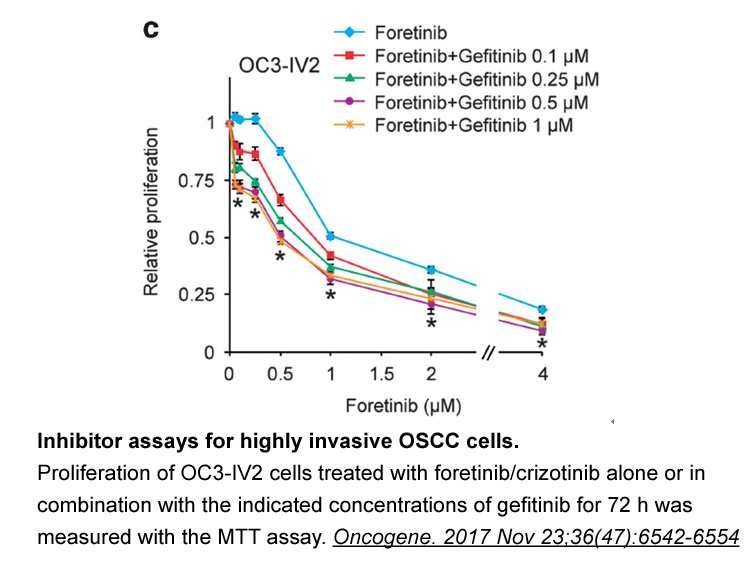
Methods Results Discussion Significant alterations in the expression of genes related to the glutamatergic system have been shown in several experimental models of epilepsy; however, in most studies focused on acute changes or modifications in expression, these were investigated during the
-
br STAR Methods br Acknowledgments We would like to thank
2022-05-27
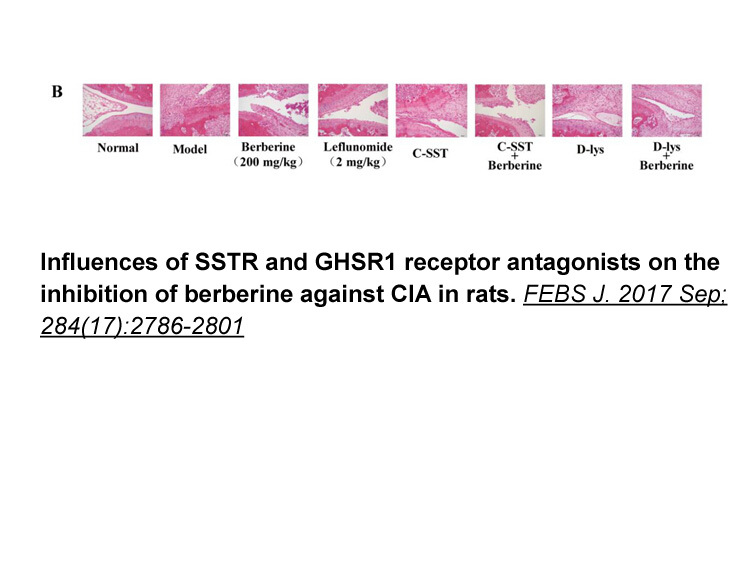
STAR★Methods Acknowledgments We would like to thank V. Gladyshev (Harvard), H. Kornblum (UCLA), L. Greene (Columbia), and J. Baraban (Johns Hopkins) for constructive comments to the project and manuscript. We thank L. Gross and A. Kumar for assistance with editing. We thank L.M. Gerber and Z.
-
One may ask whether induced loss through chemical or
2022-05-27
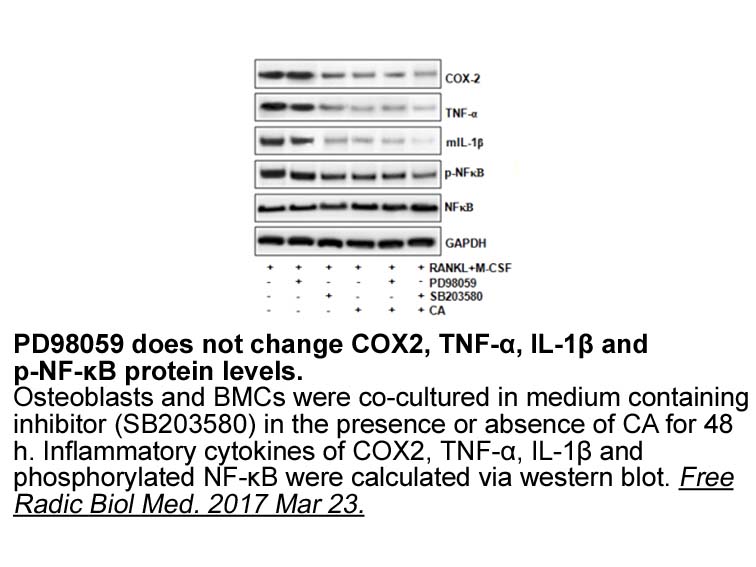
One may ask whether induced loss, through chemical or genetic perturbation for example, of an essential cellular factor represents regulated cell death or simple loss of the homeostasis needed for life. For example, deletion of the Mdm2 gene, or inhibition of the MDM2 protein, results in cell death
-
Fas ligand FasL the natural ligand of Fas
2022-05-27

Fas ligand (FasL), the natural ligand of Fas, can interact with Fas and thus induce cell apoptosis through the cascade of death signal in various cell types [8]. Additionally, Fas, which is a member of the tumor necrosis factor (TNF) receptor superfamily and death receptor family, is one kind of tra
15653 records 409/1044 page Previous Next First page 上5页 406407408409410 下5页 Last page